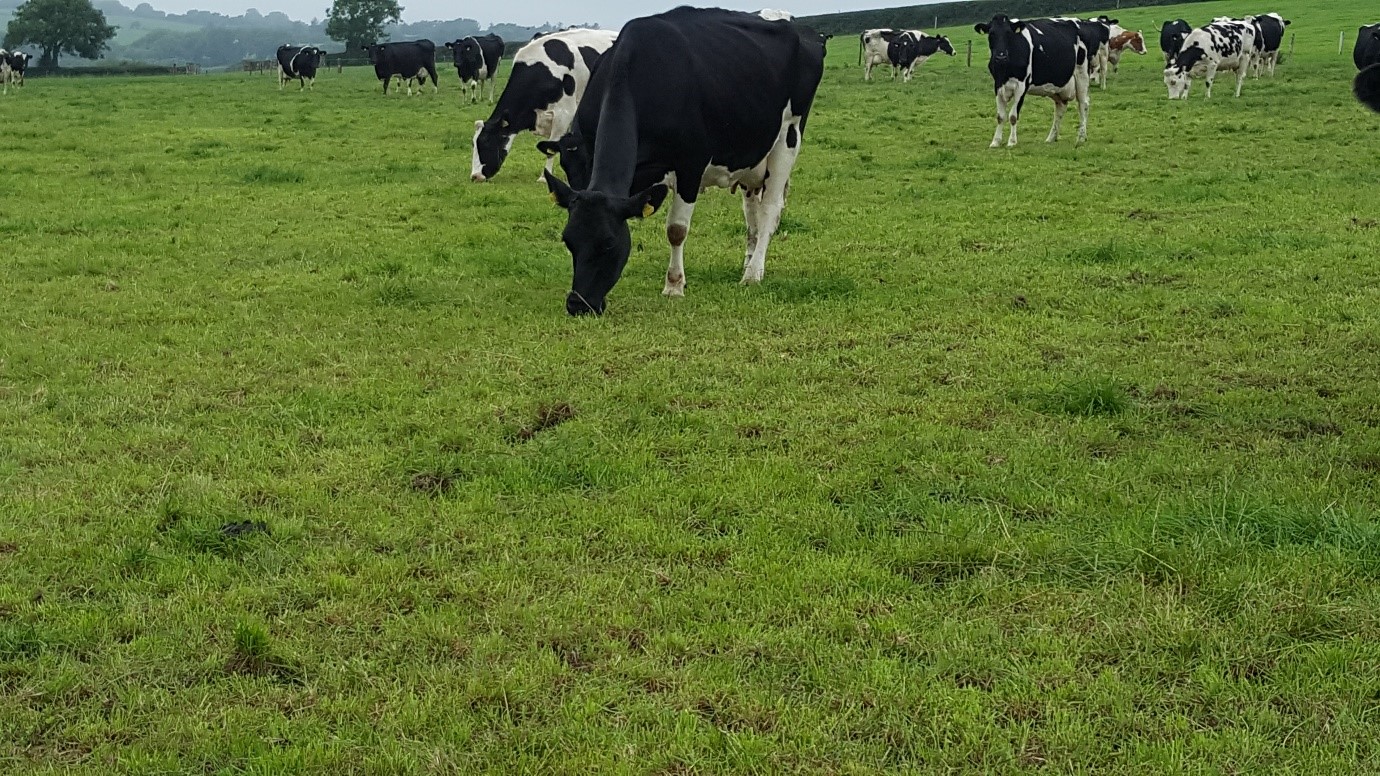A key objective of autumn grazing management is to utilise extra grass and prolong the grazing season to maximise the days at grass on your farm. This will reduce feed costs and slurry storage costs.
This time of year is also considered to be the beginning of the grazing year. Grassland management from now to the end of the year will significantly impact grass availability in the spring, so it is important to hit your autumn targets and achieve good graze out on fields now.
From early-mid August, farms should have extended their rotation length in order to gradually build up grass to pre-grazing covers of 2000-2200 kg DM/ha in mid-September. Covers above this are difficult to utilise and clean out. Ideally, any surplus grass should have been removed in August and it is advisable to avoid the temptation to cut paddocks now that we are in September, as this will give insufficient time to have a reasonable cover of grass for the final grazing rotation.
Depending on the stocking rate, farm cover targets will differ. If highly stocked there will be a high demand for grass in spring, so these platforms will need to be closed a bit earlier. It is important to make a plan specific to the individual farm and then use this plan to budget grass through the autumn.
Summary of autumn targets
- Build grass from mid-August
- Highest farm cover in mid-September
- Avoid covers above 2300 kg DM/ha
- Begin closing in early October & have a plan
- Aim to clean paddocks out well in the final two rotations
- Don’t harvest silage in September

Working through the final grazing rotation
Grazing platforms on farms should ideally start closing in early October with 60% of the farm closed by the end of the first week of November and fully closed by late November. Planning now to target a grazing residual of 3.5 to 4 cm will ensure light reaches the base of the sward and minimises tiller death over the winter – remember 60% of the grass you have in spring will be grown between now and winter.
Application of Potassium
Whilst the 15th of September marks the last date for spreading Nitrogen (N) or Phosphorus (P) on farm, there are no restrictions on rates or timing of application for Potassium (K). Not applying needed potassium will have a negative impact on the yield from those swards, both now and next spring.
